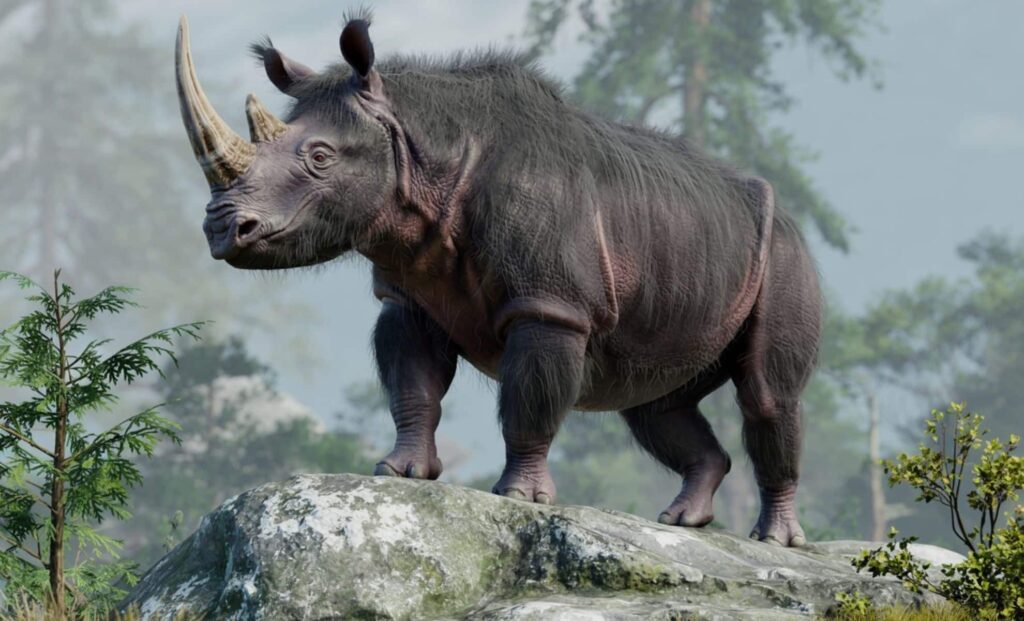Over 100 ancient Cyrotherus rhinoceroses perished simultaneously around 11.8 million years ago, with their fossils found in Nebraska’s Ashfall layers providing insights into prehistoric megafauna social structures and behavior. A new study published in Science Report highlights that this mass death was the result of a significant eruption from the Yellowstone hotspot, which blanketed the region in volcanic ash.
The Ashfall site, a nearly perfect time capsule, features a meter-thick ash layer from the eruption that released 650 cubic kilometers of ash, suffocating ecosystems in the Midwest. Unlike the quick demise seen in disasters like Pompeii, these rhinoceroses experienced a slow decline, suffering from starvation and inhalation issues over days or weeks.
The remains were found at a temporary water source, suggesting that larger animals, unaware of the danger, continued to congregate there until their eventual demise. The fossil evidence revealed a demographic skew towards females and younger individuals, indicating a polygamous social structure where dominant males were scarce.
Isotopic analysis of molars indicated limited geographic movements among these animals, showing no significant diet or water source variations over time. This suggests that the Cyrotherus rhinos likely formed large herds in a small, stable habitat instead of migrating long distances. Their anatomical features, including short legs and a barrel-shaped body, imply a semi-aquatic lifestyle akin to modern hippos, feeding on C3 grasses and leaves in wetland environments.
By analyzing molar enamel, researchers also found no evidence of migration patterns in response to the volcanic disaster. Additionally, the study compared isotopic values of Cyrotherus with other species found in the same area, revealing unique habitat preferences that support the idea of localized populations relying on stable water sources and vegetation. This has led to a theory that social dispersal rather than physical migration may have been integral in maintaining genetic diversity within Cyrotherus herds, similar to behaviors seen in contemporary rhino species.
Source link


